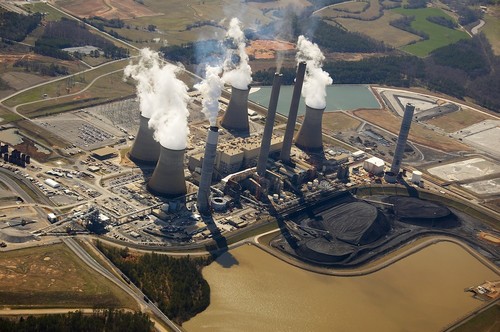Mark Z. Jacobson's study shows offshore wind is plentiful from Virginia to Maine Let's do the study for Georgia! Southern Company brags about its private R&D:
Research & Development (since the 1960s)

- Awarded more than $1.3 billion to conduct more than $3.8 billion of research and development.
- Qualified for $412 million of investment tax credits for a 21st century coal plant being built in Mississippi.
OK, SO, let's see you do the study to show what we can really do with
 conservation, efficiency, wind, sun, and less natural gas than we have now.
Sure, in the Georgia Bight we do have to contend with hurricanes.
But a
"great, big company"
like SO should be able to focus its vaunted private R&D on that problem and solve it.
conservation, efficiency, wind, sun, and less natural gas than we have now.
Sure, in the Georgia Bight we do have to contend with hurricanes.
But a
"great, big company"
like SO should be able to focus its vaunted private R&D on that problem and solve it.
Maybe SO doesn't want to do that because the result might show there is no need for any coal plants, nor new natural gas plants, nor any nuclear plants, which would mean Georgia Power would have to give up its nuclear-funding rate-hike stealth tax and SO would have to give up its $8.3 billion loan guarantee. Hey, we might even need to change the 1973 Georgia Electric Territorial Act, and that might damage Georgia Power's guaranteed profit! Nevermind that Georgia Power and SO might make more profit if they got out in front on solar and wind power and a smart grid.
If SO won't do it, how about we elect some Public Service Commissioners and legislators who will? For jobs, energy independence, and profit, oh, and clean air and plenty of water!
-jsq




















 for
for 



